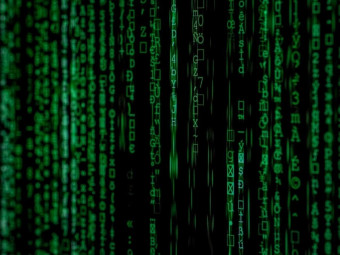Simple Sewing Skills Sew French Seam Making Bias Binding
Tags: Sewing
Sewing French Seam and making bias binding
Last updated 2022-01-10 | 4.4
- Learn how to finish seams with a french seam- Learn how to stop raw seams from fraying without overlocking
- Learn how to finish seams for delicate
- transparent fabrics like chiffon
- organza
- netting etc.
What you'll learn
* Requirements
* The course is for all levels.Description
In this course, you will learn 2 sewing skills.
Sewing French Seam
(1) You will learn how to sew french seam by hand sewing or by machine sewing. French seam is useful for finishing such garments made with delicate transparent fabrics such as organza, organdie, tafetta, lace,chiffon, netting etc.
French seam is also good for hand sewers who are sewing entirely by hand and are not using a sewing machine at all. Machine sewers also use this seam, usually for delicate fabrics or for children's clothes. It helps you to finish the raw edge by encasing it in another seam. This stops fraying and also gives a very tidy finish to your garment.
Making and sewing bias binding
(2) You will learn how to cut bias binding pieces from remnants. You will learn how to sew them together to make continuous bias binding and you will see how you can use it on a neckline as a neck facing.
Who this course is for:
- All those who want to learn to make their own clothes.
Course content
2 sections • 5 lectures
Learn to sew french seam by hand. Preview 09:44
In this Lecture you will learn how to start and finish a french seam by hand.
Learn to sew french seam using your sewing machine. Preview 01:58
In this Lecture you will learn how to make and complete french seam using your sewing machine.
Cutting out the bias pieces Preview 09:10
In this lecture you will learn how to cut bias strips from fabric remnants. You will learn how to find the true bias of your fabric by using a set square or creating your set square from a piece printing paper or cardboard.
Making bias bindings from your own fabrics is especially useful for sewers who want to learn to make their own clothes and also for people who like to upcycle things. It is a useful way to finish edges when you only have remnants and scraps of fabric. It is also a very attractive way to add accent to your sewing projects.
Joining the bias pieces together and sewing the bias bindingto the neckline Preview 05:08
In this lecture you will learn how to join all your bias cut pieces together, press the continues bias binding, fold it in half ready to use for your neckline facing. You will learn how to sew the bias binding to your neckline using it as a facing. You will also learn how to sew the bias binding round curves.
Making bias bindings from your own fabrics is especially useful for sewers who want to learn to make their own clothes and also for people who like to upcycle things. It is a useful way to finish edges when you only have remnants and scraps of fabric. It is also a very attractive way to add accent to your sewing projects.
Finishing bias facing on the neckline Preview 05:32
In this final lecture, you learn how to finish the bias neck facing. In the previous tutoriak, you learnt how to join the bias pieces together, pinned the bias binding to your neckline and sewed it to the neckline. In this final part you will learn how to edge stitch the bias binding down to the right side of your garment. Making bias bindings from your own fabrics is especially useful for sewers who want to learn to make their own clothes and also for people who like to upcycle things. It is a useful way to finish edges when you only have remnants and scraps of fabric. It is also a very attractive way to add accent to your sewing projects.








 This course includes:
This course includes:
















